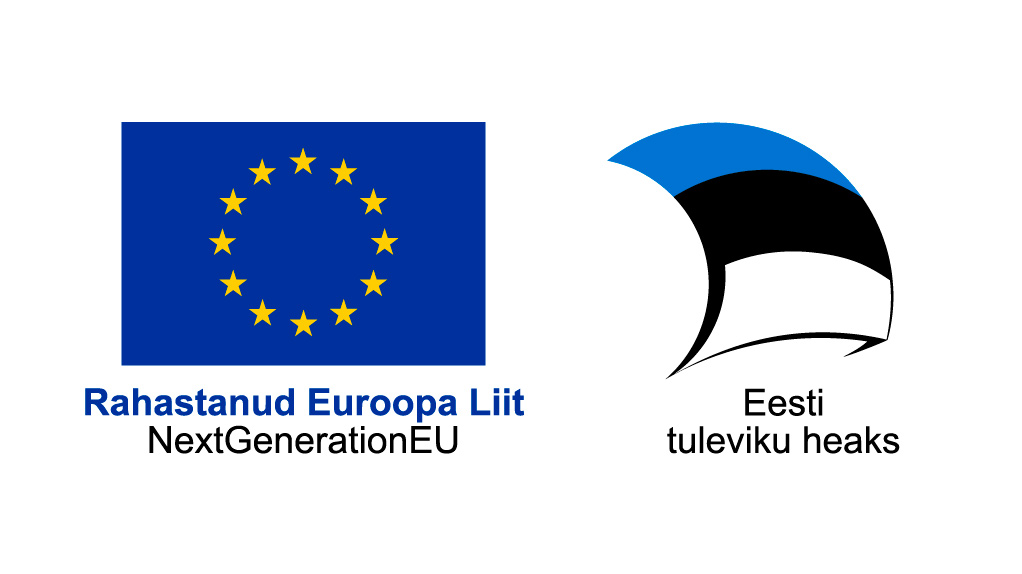GNSS reference station plots

Kärdla reference station
- Green - everything is fine
- Yellow - weak signal interference
- Red - signal interference
- Black - no information
- Station with Meteo data

Skyplot
The satellite skyplot shows in which direction and how high in the sky the GNSS satellites are located. The graph is created based on the 24-hour data of the specified day. From the date panel, you can select and view charts for the last 30 days.
| June | July | |||||||||||||||||||||||||||||
|---|---|---|---|---|---|---|---|---|---|---|---|---|---|---|---|---|---|---|---|---|---|---|---|---|---|---|---|---|---|---|
| 10 | 11 | 12 | 13 | 14 | 15 | 16 | 17 | 18 | 19 | 20 | 21 | 22 | 23 | 24 | 25 | 26 | 27 | 28 | 29 | 30 | 1 | 2 | 3 | 4 | 5 | 6 | 7 | 8 | 9 | 10 |
Signal quality graphs
There are a total of twelve signal quality graphs. Below the selected graphs is an explanation of what the given graph shows. All charts are interactive and the information on the charts is in local time.
Real-time graphs
Real-time graphs display data from the last hour and are updated every minute.
The number of satellites indicates how many satellites are visible to the reference station.
Signal-to-Noise Ratio (SNR) indicates the quality of the signal received from the satellite to the reference station. A value between 38-54 dB is considered good. Otherwise, it may indicate signal interference.
Data from last 30 days
You can select a chart type from the drop-down menu or display all charts at once. All charts contain 30 days of data and are updated once an hour.
Graph last updated 11.07.2025 07:40:22
The Position Dilution of Precision (PDOP) provides an estimation of the accuracy of three-dimensional positioning relative to the observation point (reference station). It combines the values of HDOP (Horizontal Dilution of Precision), which assesses horizontal accuracy, and VDOP (Vertical Dilution of Precision), which assesses vertical accuracy. Satellite geometry is considered good when the PDOP value is below 5.